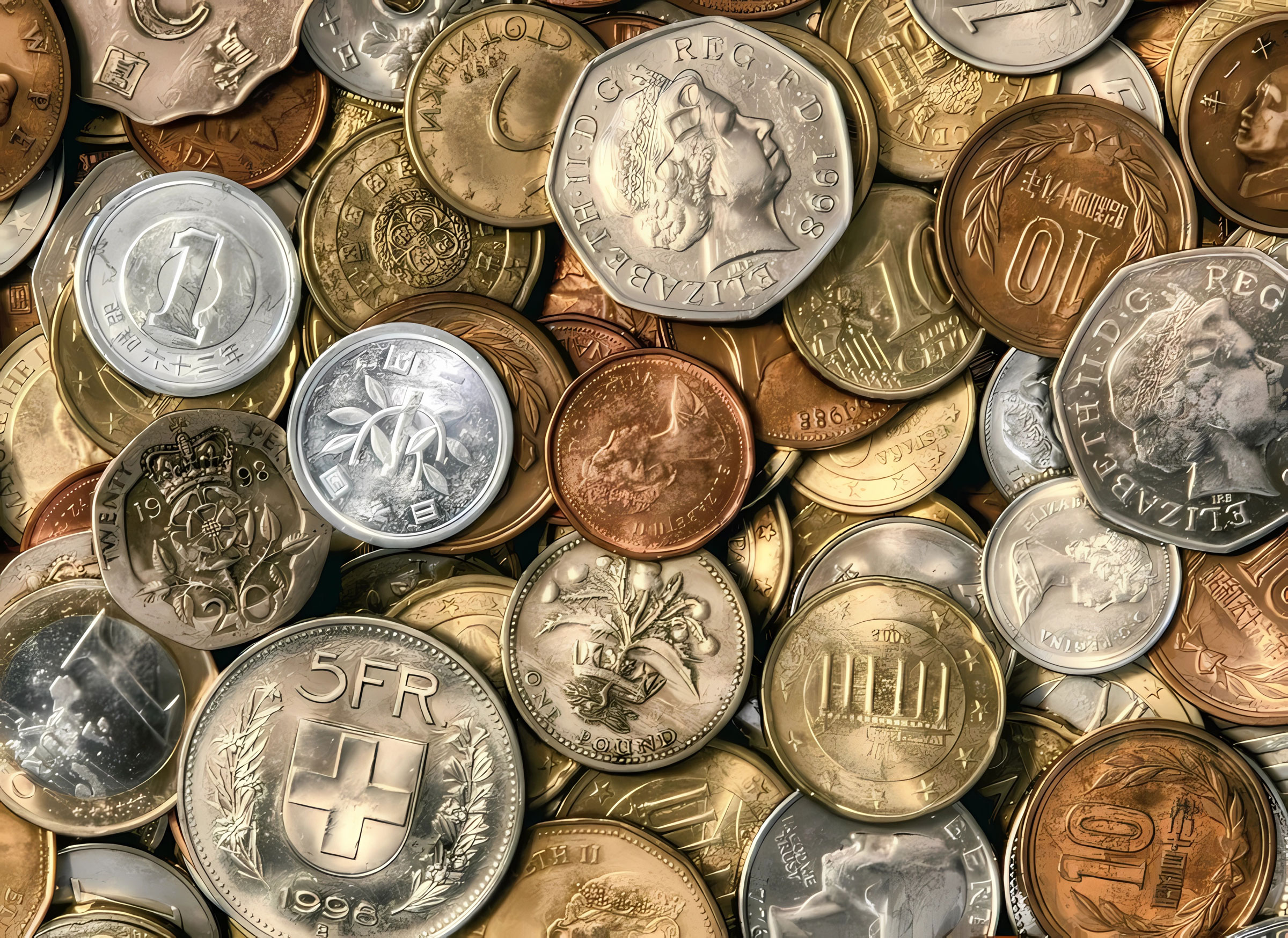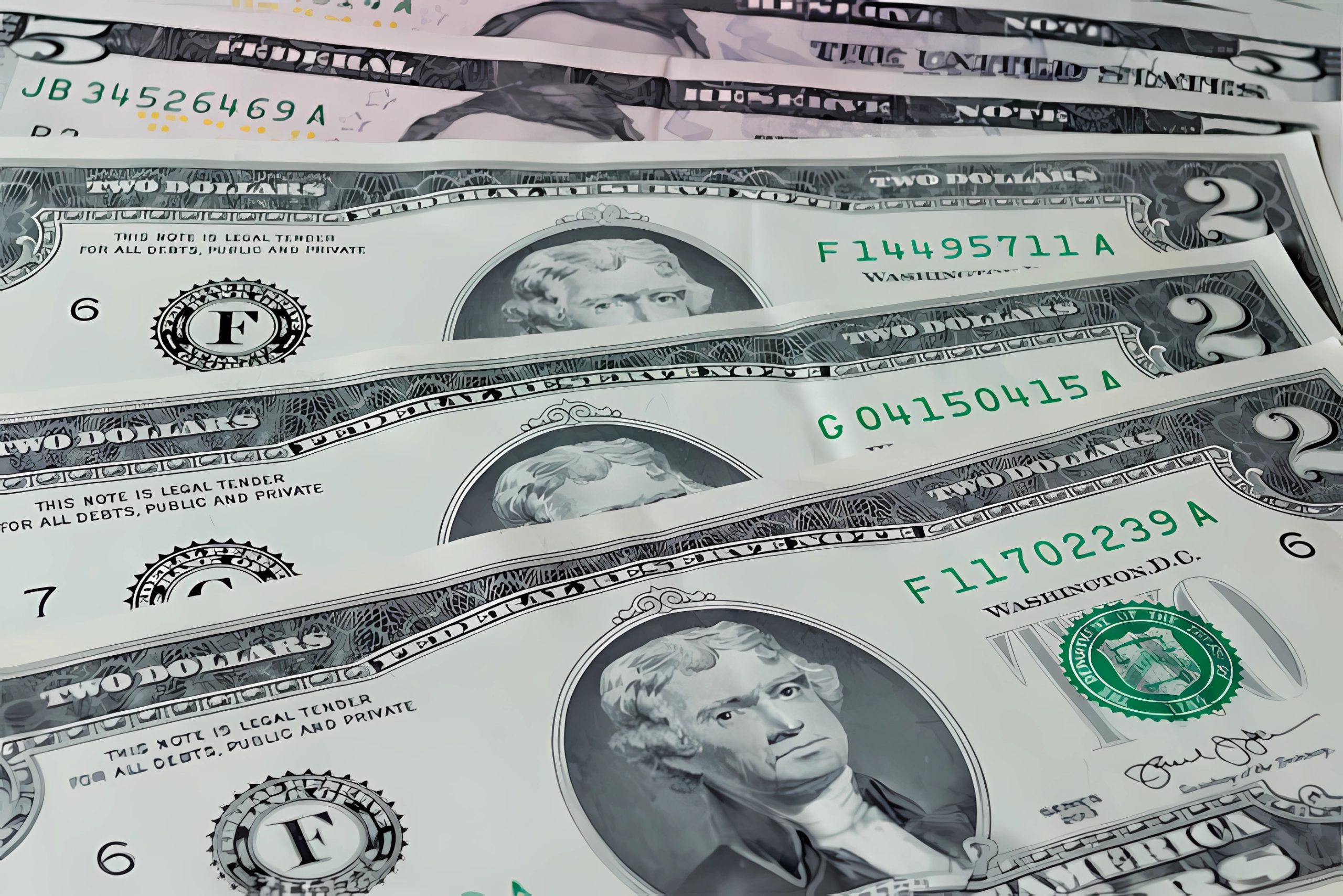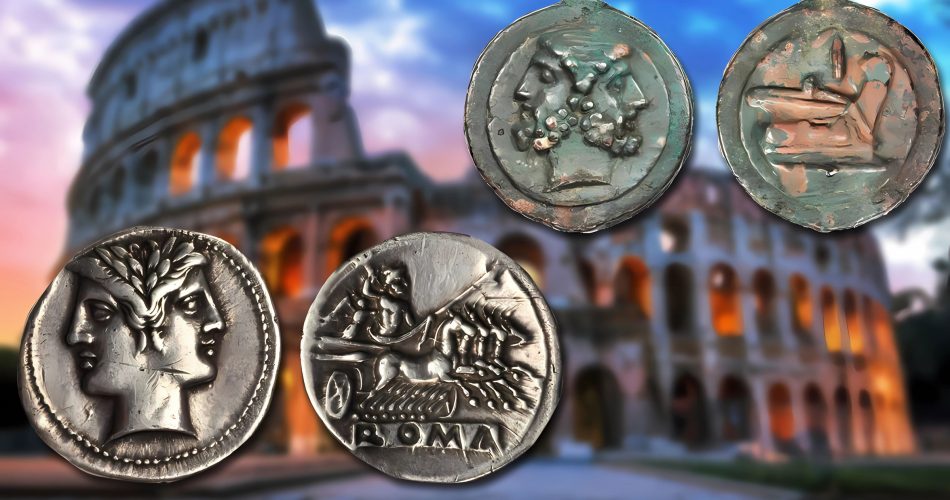In the annals of economic history, the tales of booming economies and their subsequent downfall are accompanied by the rise and fall of their currencies. Ghost currencies—terms that once represented value but now whisper through the markets as echoes of a past life—are symbols of financial eras that ended not with a roar, but with a silent disappearance. This article delves into the enigmatic world of these defunct currencies, exploring their meteoric rise, unforeseen collapse, and the lingering questions they leave in their wake. Journey with us as we uncover the faded tender, its highs and lows, and ponder whether these ghost currencies can ever make a comeback.
Ghost Currencies Unveiled

In the pantheon of monetary history, ghost currencies are the extinct species; they once thrived in transactions and savings of nations but now exist only in collectors’ vaults or forgotten corners of older generations’ drawers. These are the currencies no longer recognized as legal tender, their value eroded by time, policy changes, globalization, or cataclysmic economic events. Examples flit from the Zimbabwean dollar, rendered obsolete by hyperinflation, to the Greek drachma, replaced by the euro. They become historical footnotes, telling a tale of what once was a thriving medium of exchange.
The Boom of Faded Tender

Ghost currencies often rise from promising beginnings. They are born in times of hope, riding on the wave of economic prosperity or the birth of a new nation-state. Initially, these currencies may personify stability and trust, instilling confidence in both national and international investors. Consider the pre-euro national currencies like the Spanish peseta or the Italian lira, which bore witness to decades of economic events before succumbing to the European unification project. The eager hands that once exchanged these notes and coins could scarcely imagine their eventual demise.
High Tide of Defunct Dollars

The zenith of these currencies is often characterized by conspicuous strength in trading markets or by serving as a robust store of value for their respective populations. At their peak, ghost currencies boast high purchasing power and a widespread acceptance in trade and commerce. The high tide for the French franc, for example, was at a time when France’s economy was a powerhouse in Europe, and its currency was held as a reserve by many countries. During such times, the concept of their future status as a ‘ghost’ seems unfathomable.
| Currency | Country of Origin | Period of Use | Cause of Decline |
|---|---|---|---|
| Zimbabwean Dollar | Zimbabwe | 1980 – 2015 | Hyperinflation |
| Greek Drachma | Greece | Antiquity – 2001 | Adoption of the Euro |
| Italian Lira | Italy | 1861 – 2002 | Adoption of the Euro |
| Spanish Peseta | Spain | 1868 – 2002 | Adoption of the Euro |
| French Franc | France | 1360 – 2002 | Adoption of the Euro |
Downfall of Once-Mighty Coins

Their downfall can be as rapid as their ascent, often blindsiding the populace that once relied on them. Ghost currencies typically fall victim to several possible fates:
- Hyperinflation: where the value of money plummets, as in the case of post-World War I Germany or more recently, Venezuela.
- Redenomination: sometimes currencies are reissued to curb inflation or remove zeros from circulation, as seen with the Turkish lira.
- Replacement: either through political changes, such as the fall of the Soviet Union and the subsequent abandonment of the Soviet ruble, or economic unions, which led to the adoption of the euro.
- Technological or Policy Shifts: including the cessation of the gold or silver standard, rendering previous forms of currency outdated and replaced by “fiat” money.
Aftermath: Lessons from the Void

The disappearance of a currency often leaves a vacuum, not just in the pockets and bank accounts of its former users, but in the very essence of economic identity and national pride. Economists and policymakers study these phenomena, drawing lessons on what to avoid and how to better structure financial systems. The reminiscences of ghost currencies serve as stark reminders:
- To maintain realistic fiscal and monetary policies.
- That no currency is immune to the possibility of becoming obsolete.
- Of the integral role political stability plays in the life of a currency.
Reviving the Dead: Is It Possible?

The thought of resurrecting these bygone currencies might evoke a sense of nationalism or nostalgia, but the practicality of such endeavors often leads to a dead end. Once the infrastructure that supported these currencies is dismantled and replaced, a return is both economically impractical and sentimentally unfeasible. There have been calls, for instance, to return to the gold standard or revive national currencies in the face of the euro crisis, but these have rarely gained traction beyond rhetoric.
Reviving a dead currency is comparable to turning back the clock on globalization—it is a romantic notion but one that falls apart under the complex interdependencies of modern economies. Invariably, the way forward seems to be in creating more resilient, adaptable currencies, rather than attempting to breathe life into the ghost currencies that haunt our economic past.
The landscape of ghost currencies is dotted with cautionary tales and bittersweet memories of economic sovereignty that once was. Despite their disappearance, the narratives of these faded tenders evoke important discussions on currency stability, economic policy, and the potential consequences of mismanaged finances. As the ghost currencies fade into the annals of history, they leave behind invaluable lessons for future generations, ensuring that while the currencies themselves may be dead, their stories will continue to inform and guide the economic decisions of tomorrow.

